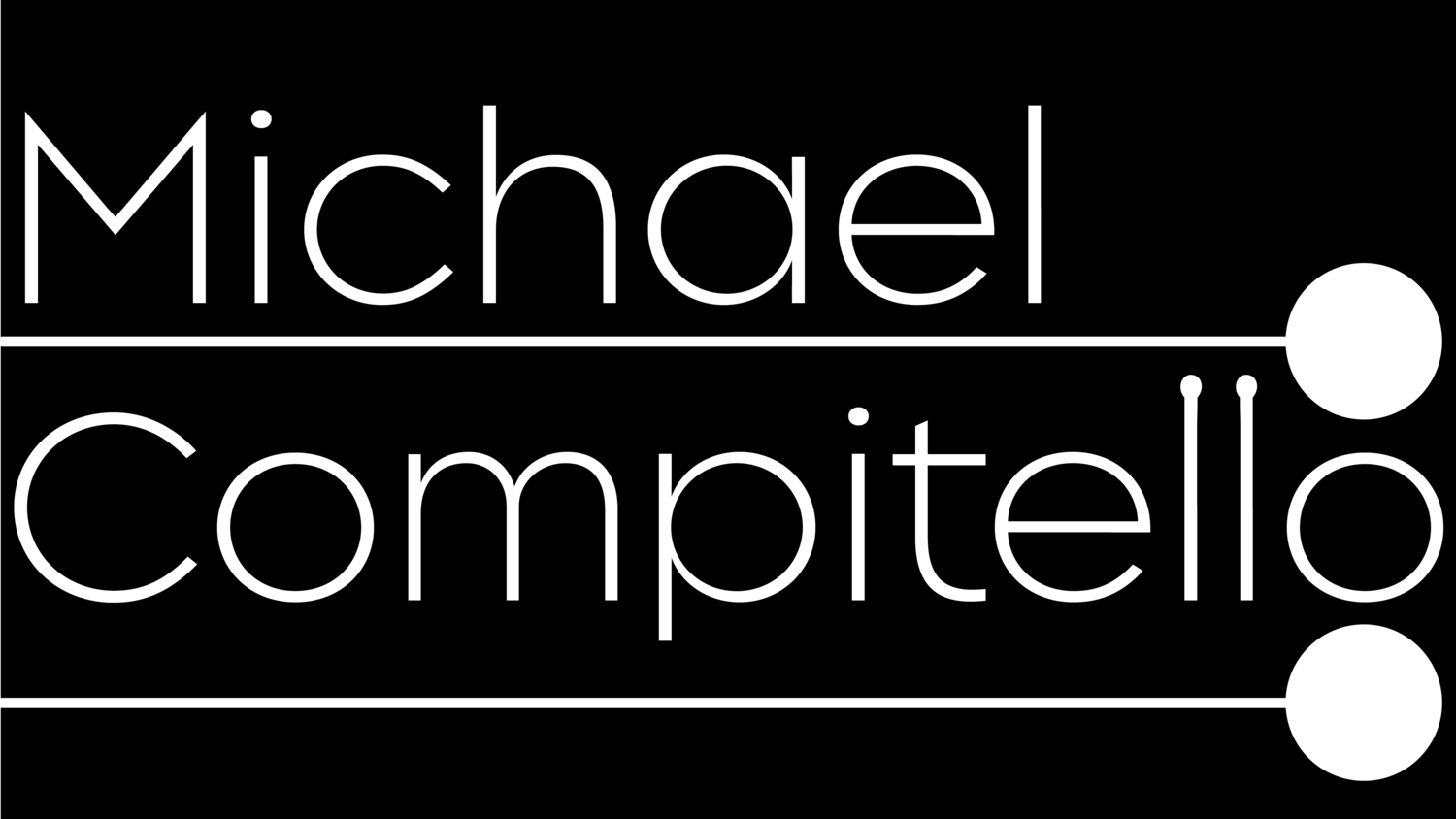Practicing Flow Chart
I’ve been thinking a lot about practicing. As a university professor, I spend a lot of time berating my students for not practicing enough, but that’s only part of the story. In reality, I should berate them for not practicing more effectively…or…not berate them at all…?
I was not an effective practicer while in school, prone to binges on single techniques, long forays into a single action, and hopeless attempts to memorize music too quickly. In recent years, my practice routine has become more focused, more individualistic, and, paradoxically, more creative.
Learning to learn is the single most essential outcome of studying music at a university. As such, developing effective, flexible, and individualistic practice habits is the quintessential task of the student musician, the most essential ingredient in the pivot from talent to skill that demarcates the professional from the amateur.
In an effort to not have my students repeat my mistakes, clarify my thoughts on practicing and give my students a framework for effective individualization of complex musical tasks, I made a flow chart, documenting what I felt could be important touch points in each practice session:
Pre-practicing (score study, familiarization)
Warmup/technical development
Ingestion
Refining
Incubation
My idea was that an effective practice session can and should cover each of these poles, though the weight will vary according to individual needs. In each step, I encourage my students to incorporate the rigor of Deliberate Practice and the experimentation of Design Thinking. These steps also roughly hew to what we know about how our brains most efficiently learn new skills. I also thought of examples of other types of practice sessions, from aggressive drilling of musical material to a mock audition.
I’d love to hear what others think. For me, practicing is a moving target, learning from others’ best practices can only enhance all of our work. At the same time, I’d love to hear from current students, since it can be easy to mistake causation for correlation when reflecting on one’s individual experiences.

